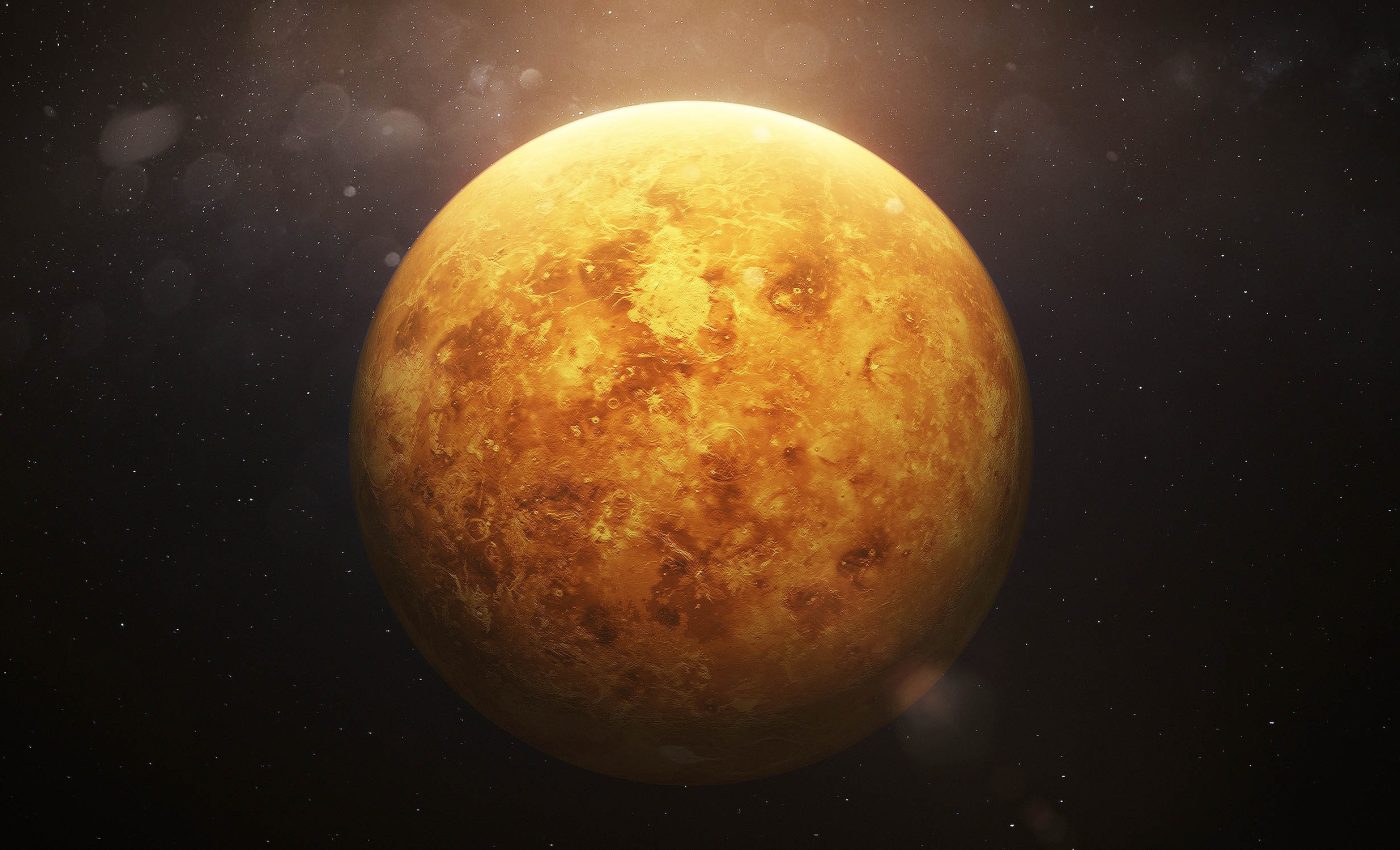
NASA discovers that Earth's twin planet, Venus, is not geologically dead
Venus has long carried the nickname “Earth’s twin,” yet most people picture it as a static, oven‑hot wasteland with a geologically dead surface.
A fresh look at radar and gravity records from NASA’s Magellan orbiter now shows the planet is still shifting and rumbling in real time, rewriting that bleak image.
Study lead Gael Cascioli of the University of Maryland in Baltimore County and NASA’s Goddard Space Flight Center says his team’s work has provided a new and important insight into the possible subsurface processes currently shaping the surface of Venus.
Understanding Venus – the basics
Venus, the second planet from the Sun, has evolved in a dramatically different direction than Earth.
Its thick atmosphere is composed mainly of carbon dioxide, with clouds of sulfuric acid, creating a runaway greenhouse effect that pushes surface temperatures to around 900 degrees Fahrenheit (475°C) – hot enough to melt lead.
This oppressive heat makes Venus the hottest planet in our solar system, even hotter than Mercury, which is closer to the Sun.
The planet rotates very slowly and in the opposite direction of most other planets, including Earth. A day on Venus – measured from one sunrise to the next – lasts about 117 Earth days.
Curiously, its rotation is so slow that a Venusian day is longer than its year, which lasts about 225 Earth days.
Scientists believe that billions of years ago, Venus might have had liquid water and Earth-like conditions, but extreme volcanic activity and atmospheric changes turned it into the scorching, uninhabitable world we see today.
Venus keeps reshaping its surface
Out of 75 giant circular scars on the surface called coronae, 52 sit above hot, buoyant mantle plumes that continue to push and pull the crust today. That tally alone means tectonic motion on the second planet is the rule, not a rare exception.
Venus lacks moving tectonic plates like Earth, yet its crust still buckles because the mantle’s heat has few ways to escape. The result is a landscape that rises, splays outward, and sinks in a perpetual slow‑motion churn.
Temperatures near 867 °F and a surface pressure ninety times that of Earth would seem to freeze rocks in place, but the same harsh conditions help preserve the telltale deformations for scientists to study.
Magellan’s radar, which peered through the cloud deck between 1990 and 1994, mapped 98 percent of that tortured terrain in detail.
Coronae offer clues to hidden forces
A corona can span hundreds of miles, ringed by concentric fractures that betray the upward shove of rising magma blobs. Anna Gülcher of the University of Bern calls them “very large features” whose variety shows “ongoing active processes driving their formation.”
Some show hints of subduction, where surface slabs sink back toward the mantle despite the absence of plate boundaries.
Others display telltale trenches that form when dense surface material breaks loose and drips downward, a process geophysicists label lithospheric dripping.
Computer models that match Magellan’s gravity readings reveal warm, low‑density zones beneath the most active coronae.
Those zones act like slow‑boiling pots, flexing the overlying crust and sometimes punching magma to the surface as fresh lava flows.
Tectonic tricks on Venus’ surface
Magellan data reanalyzed in 2023 showed a volcanic vent near eight‑mile‑high Maat Mons doubling in size within eight months, proof that eruptions are not ancient history.
Further radar comparisons in 2024 uncovered young lava draping the plains around Sif Mons and Niobe Planitia, suggesting eruptions there are even more widespread than first thought.
These eruptions differ from Earth’s ring‑of‑fire blasts. Without water to lubricate cracks, Venusian magma seeps and oozes, forming broad shields and flood lavas instead of explosive cones.
Cascioli’s catalog, however, shows that plume‑powered coronae may mimic proto‑plate behavior. They redistribute crust, recycle material, and could have shaped early Earth before modern plate tectonics took over.
“The VERITAS gravity maps of Venus will boost the resolution by at least a factor of two to four,” notes Suzanne Smrekar at NASA’s Jet Propulsion Laboratory, she sees the upcoming VERITAS mission, set to launch in 2031, as the game changer that’s promising sharper insight into the processes now only glimpsed.
What it means for early Earth
If plume‑driven coronae once dotted our young planet, they may have provided the first recycling engine for crust and atmosphere. Studying them on Venus offers a time capsule into that primordial era.
Active geology also keeps atmospheres fresh by venting gases. Venus clearly retains enough internal heat to power frequent eruptions, so questions grow about how its once‑Earth‑like climate tipped into today’s hellish greenhouse.
A lingering mystery is whether hidden pockets of cooler terrain or highland plateaus shelter minerals that hint at lost oceans. Future radar and near‑infrared scans will probe for basalt alteration that water would leave behind.
Future missions ready for answers
VERITAS will orbit with a synthetic‑aperture radar six times sharper than Magellan’s and track the craft’s slight wobbles to map the planet’s gravity shell‑by‑shell. That data will locate fresh lava flows only yards thick and measure how the crust flexes in real time.
Europe’s EnVision probe will follow later in the decade, bouncing radio waves to pick out variations in surface roughness that betray young volcanic rock.
Together, the pair should turn Venus from a blurry enigma into a laboratory for planetary change.
Earth’s twin is hot, crushing, and toxic, yet it refuses to sit still. Every new line of evidence points to a world that continues to stretch, bend, and breathe beneath its sulfurous clouds.
The study is published in Science Advances.
—–
Like what you read? Subscribe to our newsletter for engaging articles, exclusive content, and the latest updates.
Check us out on EarthSnap, a free app brought to you by Eric Ralls and Earth.com.
—–













